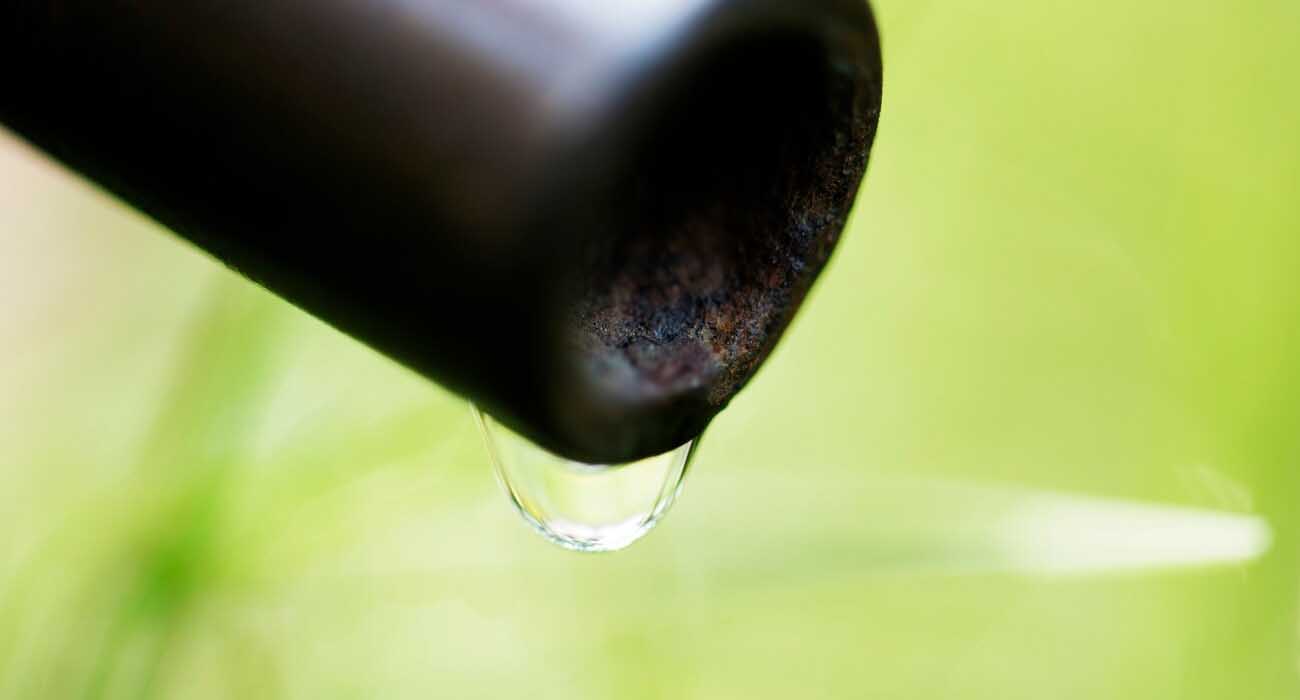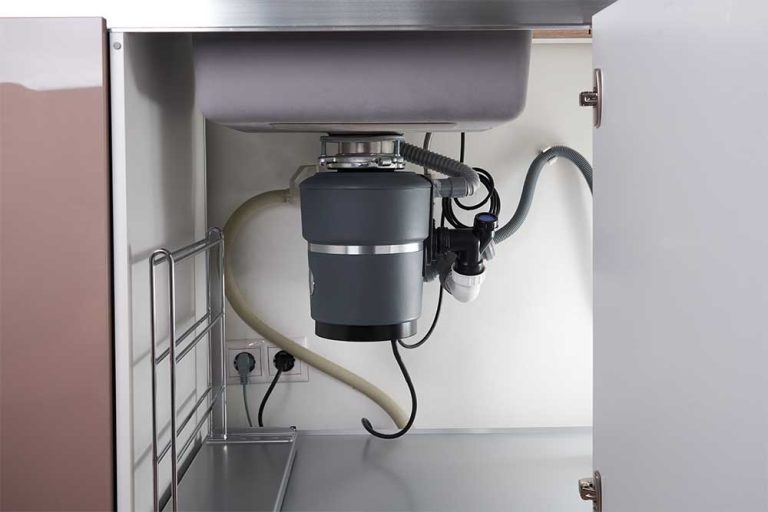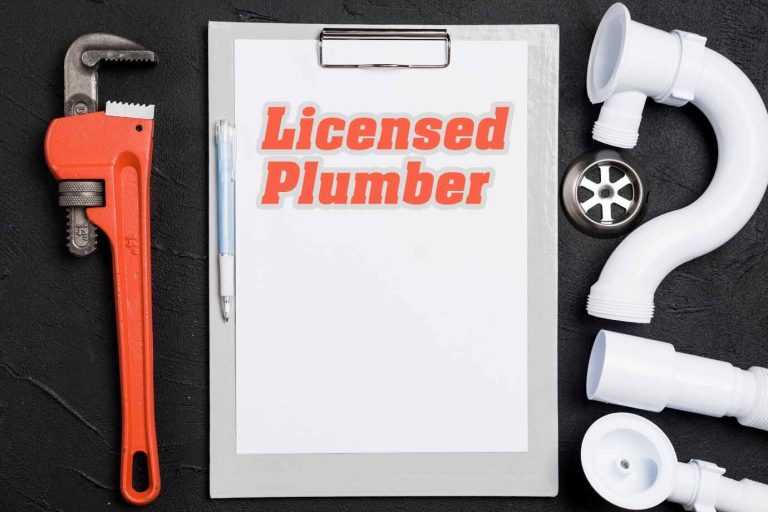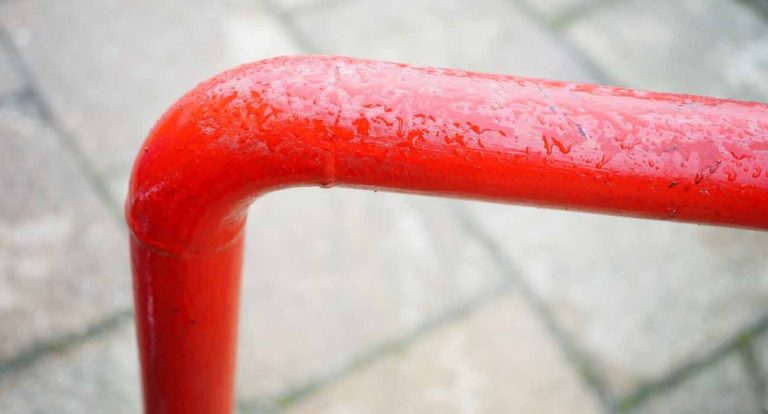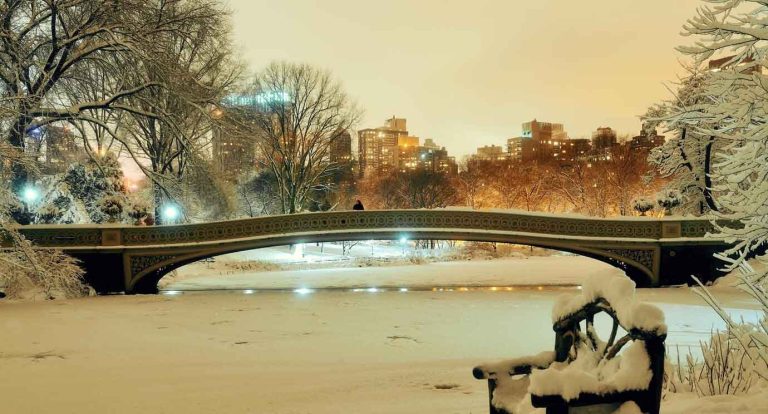Finding Hidden Leaks in NYC Apartments with Video Inspections
Advanced Leak Detection Solutions for New York City Homeowners
Living in New York City means enjoying vibrant culture, historic architecture, and bustling neighborhoods. However, hidden behind the walls of many NYC apartments can be a serious yet invisible issue—hidden plumbing leaks. These elusive problems can manifest as mysterious water spots, unexplained odors, or mold growth, causing frustration and costly repairs if left undetected. At PlumberHelp, we offer advanced video camera line inspection solutions to pinpoint leaks quickly and accurately, protecting your home and budget from unnecessary damage.
Table of Contents
Why Hidden Water Leaks Are So Common in NYC Apartments
Aging NYC Infrastructure
More than 60% of residential buildings in New York City were constructed before 1960, meaning many plumbing systems are outdated and vulnerable to deterioration. Older pipes and joints are more susceptible to corrosion, cracks, and hidden leaks.
Complex Multi-Unit Plumbing Systems
In apartment buildings, plumbing lines often serve multiple units, creating complex systems that can make identifying leaks difficult without professional expertise. A leak originating in one apartment can quickly affect several neighboring units.
Limited Visibility and Access
The intricate layouts of NYC apartments, often compact and space-constrained, leave little room to easily access or inspect plumbing hidden behind walls, under floors, or above ceilings.
Signs You May Have a Hidden Leak in Your Apartment
- Unexplained Increase in Water Bills: A sudden spike without any significant change in water usage.
- Persistent Musty Odors or Mold Growth: Continuous mold or mildew in your apartment indicates ongoing moisture issues.
- Stains or Discoloration: Water stains appear on ceilings, walls, or floors without an apparent cause.
- Unusual Sounds: Sounds of dripping or running water within walls indicate potential leaks.
Consequences of Ignoring Hidden Leaks
| Issue | Average Repair Cost in NYC |
|---|---|
| Structural Damage | $2,000 – $10,000+ |
| Mold Remediation | $1,500 – $7,500+ |
| Increased Water Bills | 20-40% monthly increase |
| Legal Issues with Neighbors | $5,000 – $20,000+ |
(Estimates based on NYC property management and insurance data.)
How Video Camera Line Inspections Work
The Technology Explained
Video camera inspections involve inserting a small, high-resolution camera attached to a flexible rod directly into your plumbing system. This advanced technology transmits real-time footage directly to our technicians, allowing precise visualization of pipe conditions.
Real-Time Monitoring
Our technicians watch live footage on a monitor, enabling them to instantly identify and document the exact location and nature of leaks or blockages.
Non-Invasive Leak Detection
Using video camera technology, we can identify plumbing issues without unnecessary demolition, preserve your apartment’s interior, and save significant repair costs.
Benefits of Using Video Camera Inspections in NYC
- Pinpoints exact locations of leaks quickly and accurately.
- It prevents extensive damage and reduces repair expenses.
- Provides clear documentation for insurance and property management claims.
- Offers a swift and efficient inspection process.
When Should NYC Homeowners Choose Video Camera Inspections?
- Recurring plumbing backups or blockages (Drain Cleaning Services).
- Before purchasing or moving into a historic NYC building.
- Immediately after detecting potential leak signs like mold or water damage.
Step-by-Step Video Camera Inspection Process
Step 1 – Initial Consultation and Assessment
We discuss your plumbing concerns and schedule a convenient inspection appointment.
Step 2 – Camera Line Inspection
Our plumber inserts a high-tech camera into your plumbing to visually locate and diagnose the problem areas.
Step 3 – Identifying Leak Source
The footage reveals the precise location and extent of any leaks or clogs.
Step 4 – Develop a Repair Strategy
We propose a targeted repair plan, clearly outlining the required actions (Leak Repair Services).
Step 5 – Immediate Professional Repair
Our team efficiently addresses the leak using minimally invasive methods to restore your plumbing system quickly.
Choosing the Right Professionals for Leak Detection in NYC
- Ensure technicians are licensed, insured, and highly experienced in NYC plumbing codes.
- Look for professionals with positive online reviews and a strong local reputation (Visit us on Facebook and Instagram).
- Select a plumbing service that provides clear, transparent pricing and detailed inspection reports.
NYC Apartment Leak Detection Statistics (2024)
| Neighborhood | Leak Detection Inspections | Most Common Issue Found |
| Manhattan | 225 | Hidden pipe leaks |
| Brooklyn | 190 | Sewer line obstructions |
| Queens | 150 | Drain blockages |
| The Bronx | 120 | Water line corrosion |
| Staten Island | 85 | Fixture-related leaks |
(Based on PlumberHelp internal service data and NYC plumbing records.)
Frequently Asked Questions
Suspect a Hidden Leak? Contact PlumberHelp Today
Protect your apartment from hidden water damage with advanced video camera inspections by PlumberHelp. Call us today at 833-652-4744 or schedule your video inspection online. Follow us for more tips on YouTube and Instagram.


